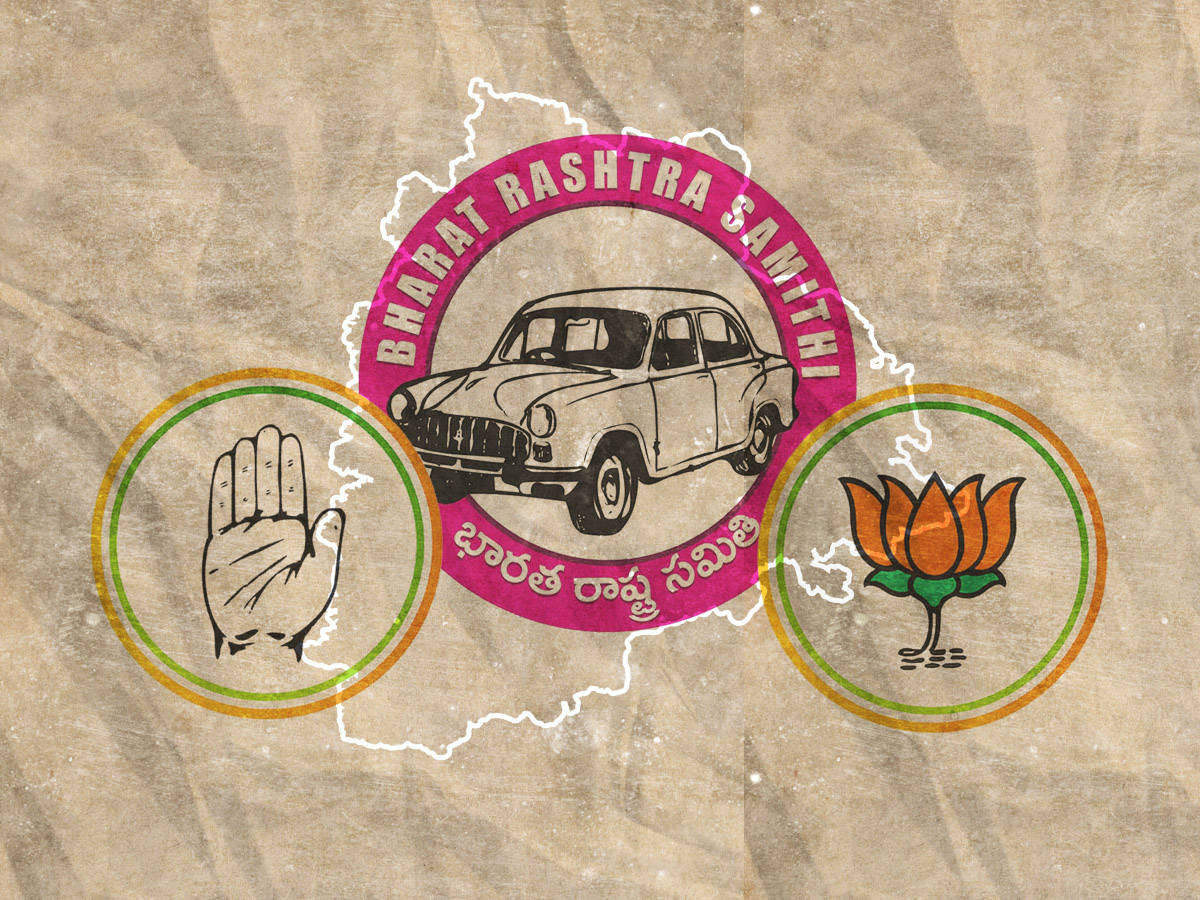
Hyderabad: Turncoats often referred to as Aaya Rams and Gaya Rams in politics, is not new to Telangana State and the country itself.
But do you know how did this phrase originate and gained notoriety in Indian politics?
Aaya Rams and Gaya Rams connotes turncoats, floor crossing by legislators but later attributed to all those shifting parties at a drop of the hat, which has become a menace in India including Telangana State politics.
Aaya Ram, Gaya Ram is a gift from Haryana to the Indian politics. It is attributed to infamous political horse trading of Haryana in 1967, which was then a cultural shock in Indian polity and subsequently led to Anti-defection law in 1985.
Gaya Lal is symbol of Aaya ram, Gaya Ram
The story goes that Gaya Lal, who was elected independent MLA from Hasanpura assembly constituency (now Hodal) in Palwal district of Haryana in 1967, changed loyalties four times in 15 days.
Fledgling Haryana State was carved out of Punjab (November 1, 1966) and the state held its first assembly election.
Haryana held its first elections after the state was carved out from Punjab. In the 81-member assembly, Congress had 48 seats, Jan Sangh 12 and independents three.
Congress formed the Government and Bhagawat Dayal Sharma became CM. The government survived for 10 days and 12 MLAs quit the party and formed Haryana Congress. Gaya Lal was one of them.
But Gaya Lal’s heart changed, and he returned to Congress. He was in the party for just 9 hours, quit and joined United Front group among MLAs. After few days he returned back to Congress.
Gaya Ram ab Aaya Ram Hai
Raja Rao Birendra Singh, a senior Congress leader who was Chief Minister of Haryana and played a key role in his defection told a press conference in Chandigarh “Gaya Ram ab Aaya Ram Hai (Gaya Ram is now Aaya Ram).
The comment has become not only famous but turned into a tagline for defectors from one party to another.
Anti-defection law
Stung by defections in various parties, the Lok Sabha set up a committee headed by Y B Chavan which recommended an anti-defection law in 1968.
However, it did not see the light of the day and finally in 1985, the Anti-Defection Law was passed and came into effect on March 18.
Though the law worked, yet parties/politicians found new loopholes to circumvent it. In the 91st amendment to the Constitution in 2003, the Government removed the provision of splits in legislative parties.
Even after 1967, Gaya Lal kept changing parties and contested polls in Haryana–Akhil Bhartiya Arya Sabha in 1972, joined the Bhartiya Lok Dal under Chaudhary Charan Singh in 1974, won the seat as a Janata Party candidate in 1977 after the Lok Dal merged with the Janata Party.
In fact, Haryana is infamous for political clans like that of Devi Lal, Bansi Lal, Bhajan Lal, Hooda, Rao Birender etc.
“Dal badal,” or “defection” by MLAs/MPs from one party to another without resigning has been going on even today, but on a lesser scale. Defections from one party to another has become the order of the day by politicians who fail to get Assembly or MP tickets or denied any coveted posts in all the political parties.
Rajasthan Chief Minister Ashok Gehlot recently accused BJP of trying to overthrow his government by bribing Congress MLAs to join the BJP.
Rajasthan is now the fourth state in India to witness such turmoil in the last one year.
Defections among MLAs too are not uncommon in United Andhra Pradesh and Telangana State, where several Congress and other opposition MLAs shifted loyalties to ruling TRS turned BRS.
The problem will be more if a party fails to get absolute majority in Assembly or Parliament.
Telangana State witnessed the scenario in 2014 when TRS led by Chief Minister K Chandrasekhar Rao won just 63 seats out of 119 seats to first Assembly in the newly carved Telangana State.
Taking a cue from Gaya Lal episode, he lured Congress, BSP, Telugu Desam MLAs to his fold and consolidated his position. Of course, he won absolute majority in 2018 assembly elections.



